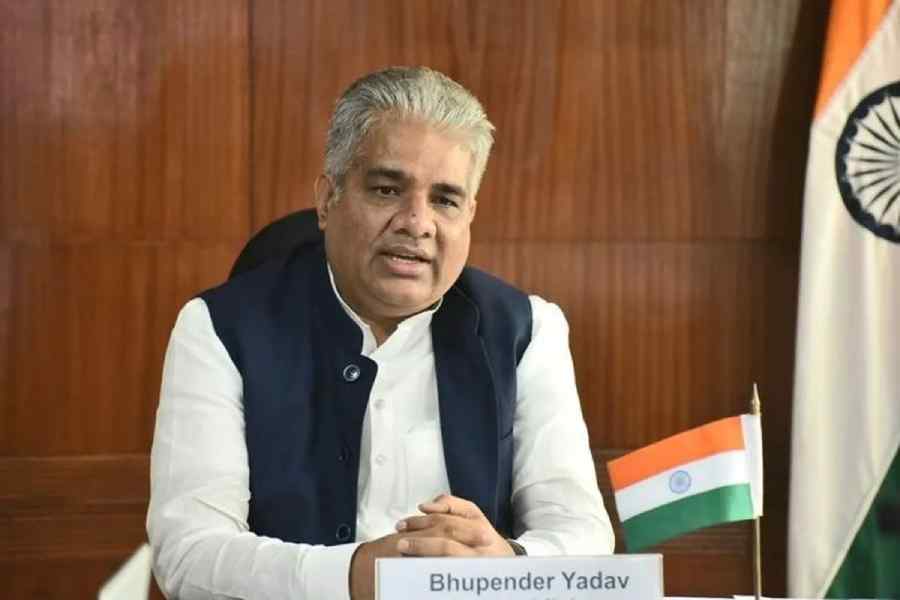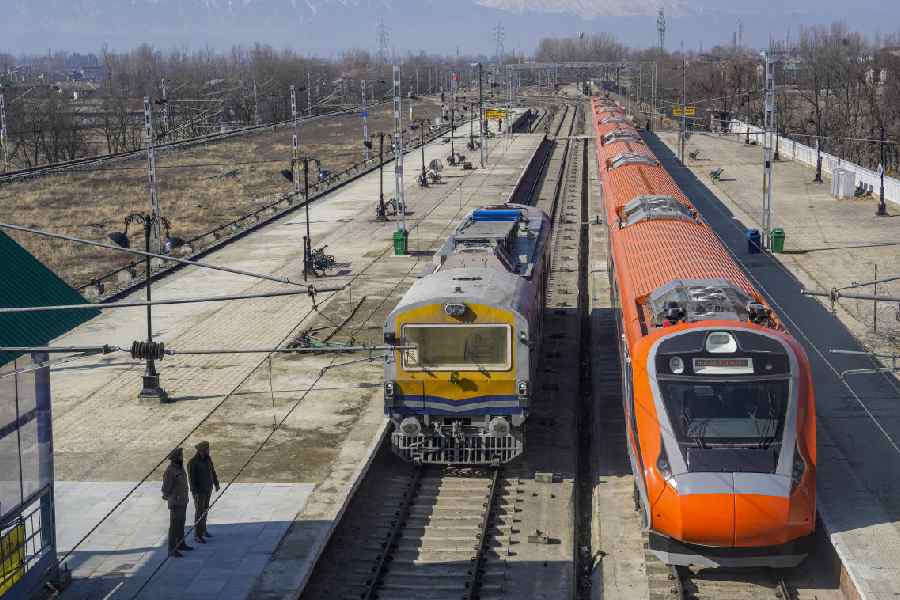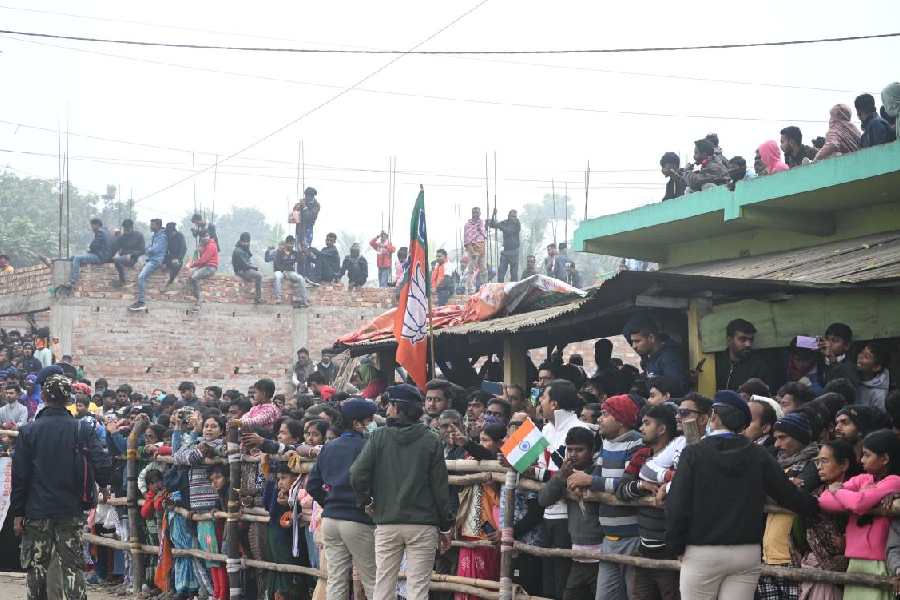The upcoming Nalanda University would rely heavily on environment for an ethnic-yet-modern campus.
Ace architect B.V. Doshi, whose consultancy firm Vastu Shilpa has been selected to design the prestigious university, has prepared a sketch of the upcoming seat of learning. According to the plan, the varsity would be environment-friendly in more ways than one.
“The campus will be one of its kind. It will have shades of the ancient Nalanda University and will focus on zero-energy level, zero-pollution emission and a green milieu,” Nalanda University vice-chancellor Gopa Sabharwal told The Telegraph.
At various points on the 446-acre campus, towers will be constructed that will act as air-conditioners (ACs). The towers will suck the outside air and, after absorbing the moisture, release it inside the campus. Energy-efficient desiccant evaporative (Devap) air-cooling system will be used to create a comfortable atmosphere inside the rooms.
Devap technology takes a liquid form of desiccant — the solid form of which are those little “do not eat” packets that come in things like shoe boxes — and combines it with a separate evaporation technology. The evaporation technology helps eliminate the need for nasty cooling fluids. Instead, it uses water as the liquid that gets dried. Engineers say Devap is expected to use 40 per cent to 80 per cent less energy than traditional air conditioning, translating into significant savings. It would not require installation of mechanised ACs inside the campus.
On the number of such towers, the VC said: “It would be decided later.”
Apart from the cooling towers, the walls of the university buildings will have double-skin-porous screen on the outside. The walls will be thick for insulation purposes.
“In ancient times when there was no use for ACs, fans or coolers, the walls of the buildings were made thick to restrict the heat from entering the rooms,” said G.K. Chaudhary, the head of electrical engineering department, NIT-Patna.
The VC said for all kinds of water requirements, a huge pond would be dug on the premises. The mud removed after digging the pond, would be used for making bricks. These bricks would be used for construction of buildings.
“Since we are planning to utilise the bricks prepared from the mud of the pond, there would be very less or no need to fetch bricks from outside,” Sabharwal added.
According to the plan of architect Doshi, the entire campus would be self-sufficient and would cater to all kinds of basic needs of the students and teachers.
The university is also planning to produce its own energy from the solar power. Solar cells would be fitted above the pond that would convert solar power to electrical energy.
Once developed, the university will have seven residential schools. The campus can accommodate around 7,000 people, including teachers, employees and students.
VC Sabharwal said a team, headed by Vastu Shilpa Consultants, including Doshi and Rajeev Kathpalia, will visit Patna on June 12 to take a look at the ancient seat of learning and the proposed university campus, which is just 10km from the former.
“They will share the details of the campus design to reporters then,” she said.
The university, whose governing council is headed by Nobel laureate Amartya Sen, will be a hub of postgraduate and research studies in the subjects of history, ecology and environment, Buddhist studies, philosophy and comparative religion, languages and literature, international relations and peace studies, information science and technology, business management in relation to public policy and development studies.
 |











